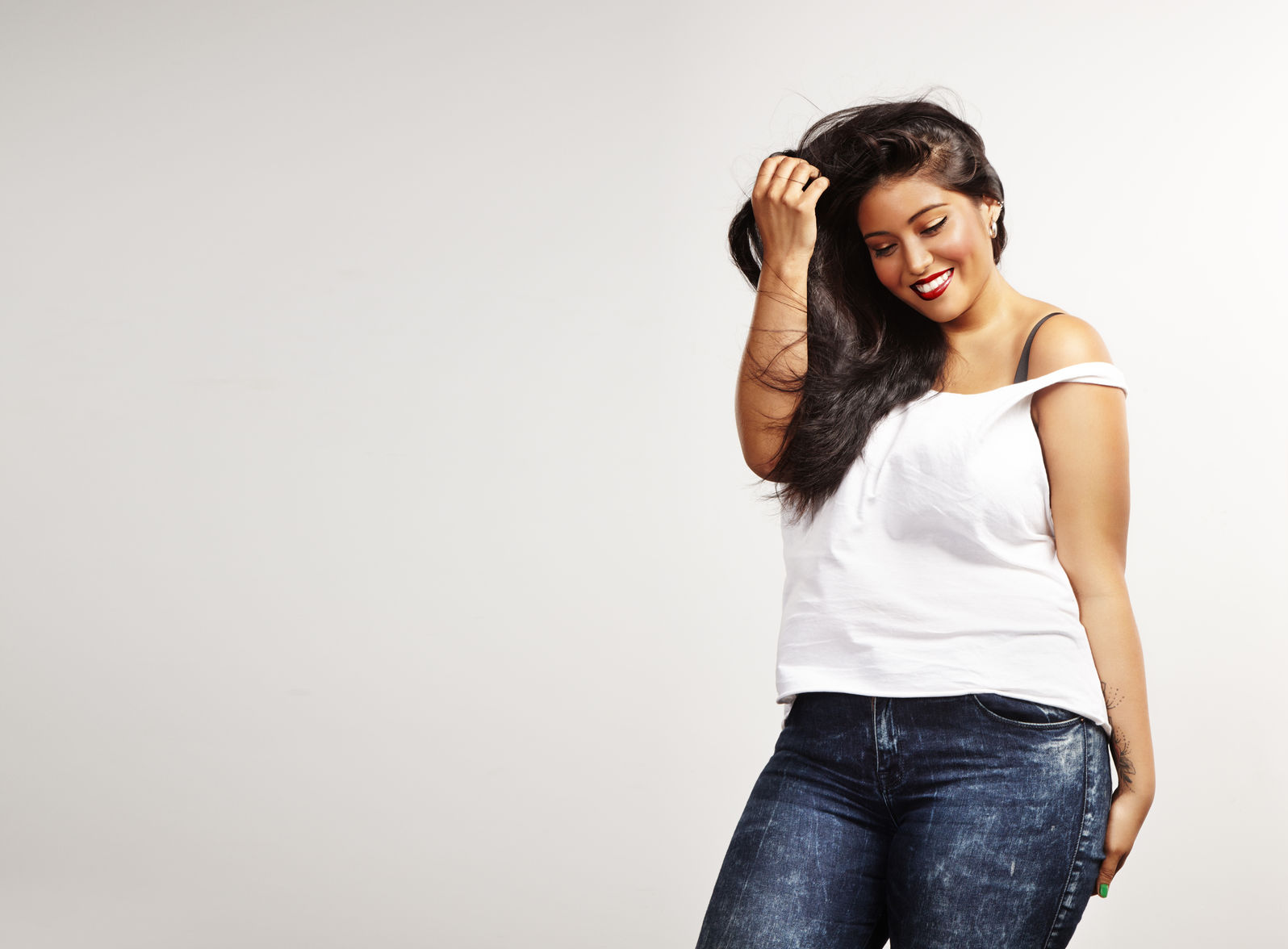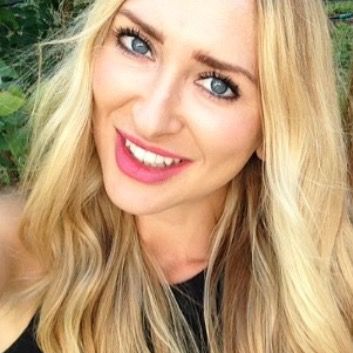
man, is anyone else suddenly dying for a double cheeseburger and fries?
THE INCREASED VISIBILITY of different body types in the advertising world has really been picking up over the past few years. The “plus-sized,” less-abled, and otherwise less-represented populations have been sought out more frequently for fashion campaigns, if not just having been more-readily included in the rest of the “traditional” model pool. However, along with these changes has come controversy, as usual; some people believe that having plus sized models could have a negative effect on other people’s eating habits.
The reasoning behind this is that when bigger body types are normalized in the media, it can decrease the motivation that exists to stay in shape. A study that was done out of Simon Fraser University’s Business School actually referred to plus-size models having a “contagious” effect on viewers.
To test this theory out, they had participants view ads and then put together their ideal meal. The researchers found that after the participants viewed a body acceptance ad that featured larger bodies, they were more likely to choose less-healthy snacks than the participants who were shown an ad with thinner models.
However, claiming that there’s a link between greater body acceptance and poor eating habits is a bit of a stretch. It could just as easily be said that when the people were shown the ads with the thinner models they purposefully restricted their food choices, which isn’t necessarily a positive direction to go in, either.
What’s important to keep in mind here is that while any body type in the media has the capacity to spark trends, neither type causes eating disorders or obesity. Body weights are not even always an accurate marker of health, because you need to take into account muscle mass, eating habits, alcohol and drug use, exercise habits, etc, etc… point is, what you see is not always what you get. Some healthy-looking people aren’t healthy eaters, and vice versa.
That being said, the media is an incredibly powerful tool and always has the capacity to influence for the good and the bad. (Remember the Kylie Jenner Lip Challenge?) And there’s not exactly a safe middle ground to agree on and stick with in the modeling industry, because even the thinnest and the thickest of the models out there are still real people that deserve to be represented as much as average-sized people do.
The study’s co-author Brent McFerran summed up the findings as follows:
“The usage of a range of body types is probably a good thing, so long as we’re not holding up either one of those bodies, be it large or be it small, and saying this is what you should strive to, or this is good.”
Essentially, we shouldn’t be calling anything “average” or “real” that could send the wrong message. So, as usual when it comes to issue of weight and body image, everything’s about as clear as mud.











-300x169.jpg)




